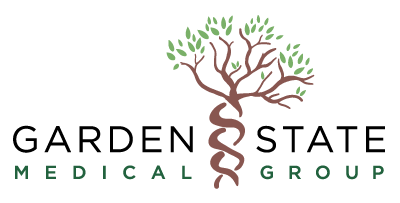Hair loss is always a tough battle to fight. Although it’s common among many adults to steadily shed off some of their crowning glory, a lot of us find it unappealing and even embarrassing. Fortunately, there are many ways to treat the condition nowadays due to numerous advancements in the realm of healthcare.
One of the more popular options for hair loss treatment is platelet-rich plasma (PRP) therapy. It has been around since the 1980s and is still in use today. Doctors use it to remedy androgenetic alopecia, wherein hair follicles begin to shrink. It’s more commonly referred to as male pattern baldness.
PRP therapy is a three-step procedure that promotes healing in many parts of the body, but does it really work for hair? Here, we will explore the process and how it can help.
How Does PRP Work?
PRP therapy uses two major components of the blood: platelets and plasma. Before we get into the treatment itself, let’s look into their respective roles in healing.
Platelets are small components in the blood that play a crucial role in healing. They are some of the body’s first lines of defense against illness-causing bacteria, viruses, and parasites when we sustain a wound, as they clump together to stop the bleeding, close the wound, and begin the process of repair.
On the other hand, plasma is the liquid portion of the blood. It is the fluid that carries other blood cells and delivers them to the tissues that need them.
PRP therapy is a three-step process that aims to deliver platelets into the scalp and jumpstart the healing process. The procedure generally follows these steps:
- The medical practitioners draw blood from you, typically from your arm. They will then place it in a centrifuge, a spinning machine that separates the components of blood.
- The centrifuge separates your blood into three components: red blood cells, platelet-poor plasma, and platelet-rich plasma.
- The practitioner will extract the platelet-rich plasma with a syringe and inject it into the parts of the scalp that need improved hair growth.
Experts theorize that PRP can remedy androgenetic alopecia because these types of hair loss happen due to damage in the hair follicles, and the treatment can help speed up the healing process.
Is PRP Therapy Effective against Hair Loss?
A 2020 systematic review investigated 19 research papers involving PRP therapy as a treatment for hair loss. The researchers found that most studies reported favorable results, with the treatment leading to significant hair regrowth in people with androgenetic alopecia and alopecia areata.
Although the treatment remains controversial, research is still ongoing regarding its effectiveness. For now, PRP therapy remains a promising remedy for hair loss, with many people experiencing notable hair regrowth.
PRP therapy is not a one-time treatment, and patients have to undergo multiple sessions to get lasting results. This is nothing new, as other hair loss remedies like finasteride or minoxidil also need continuous treatments. How often you will need to undergo the procedures will depend on your condition and your healthcare provider’s advice.
The Takeaway
PRP helps boost the scalp’s natural healing properties, reversing the follicle damage that contributes to hair loss. Many studies continue to explore PRP therapy as a treatment for hair loss, but the results have been promising so far.
If you’re looking to get PRP therapy in New Jersey, Nuluk Aesthetics is the place to go. We’ll provide you with personalized treatments to help you stay as young and healthy as possible. Contact us today!


